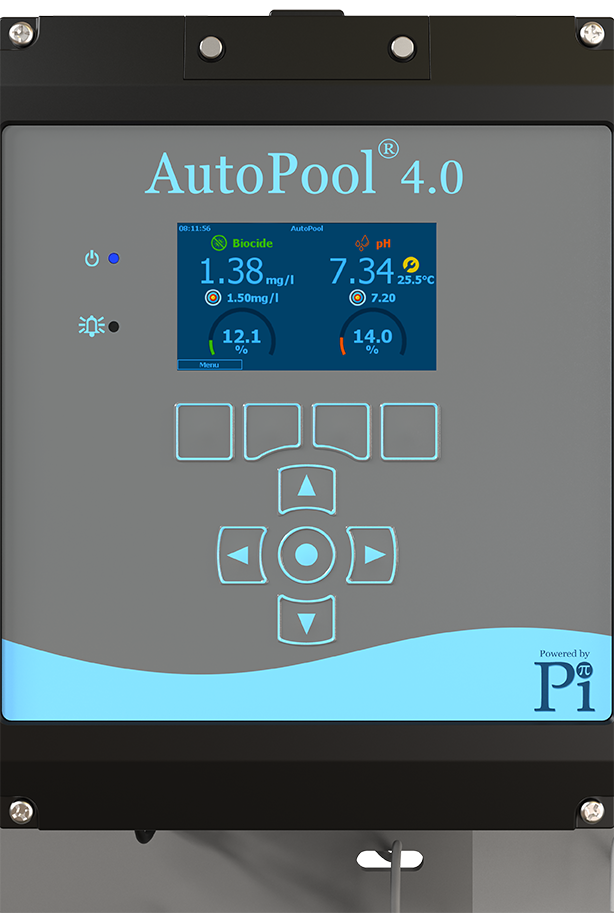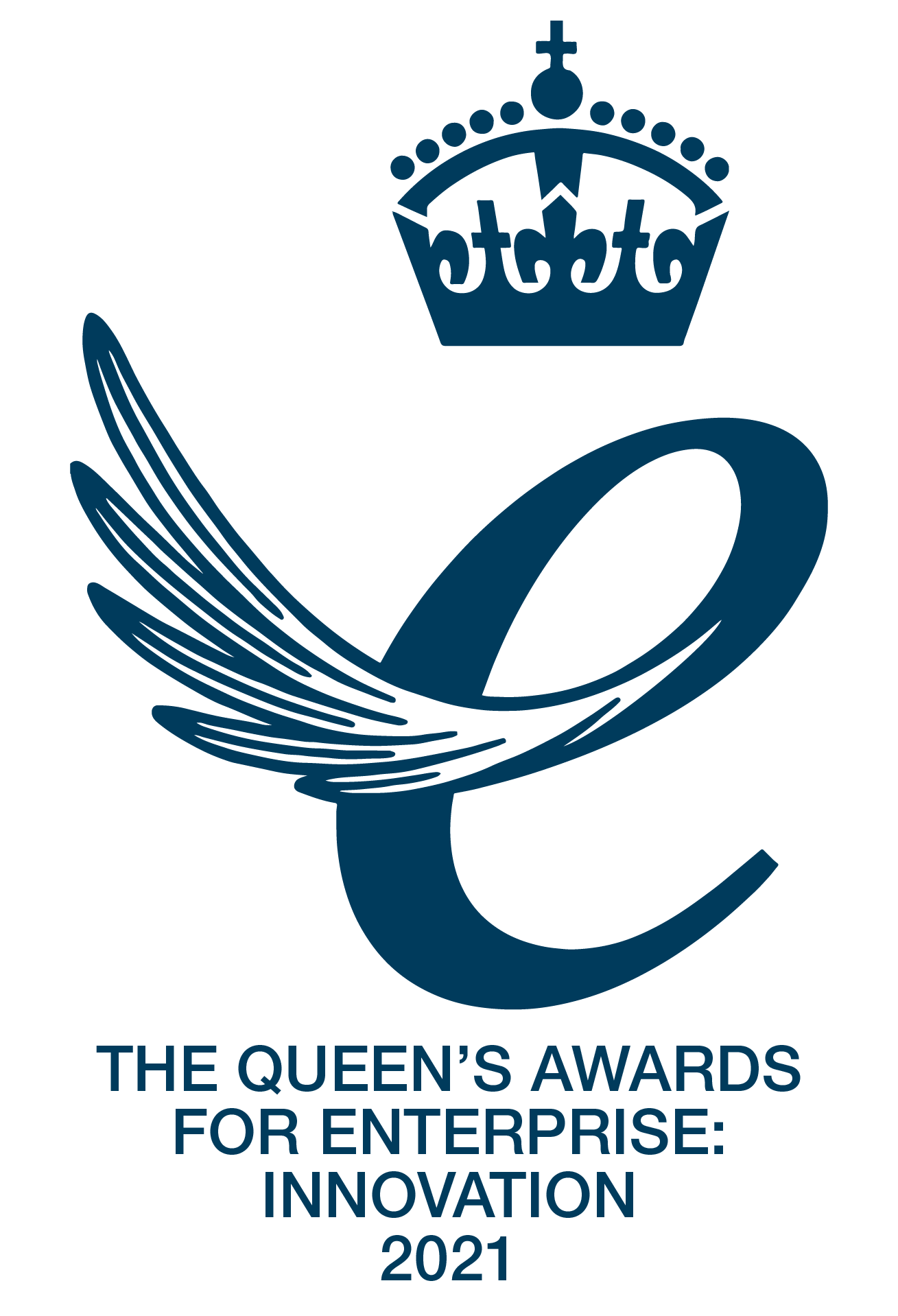How to pay back the cost of an Autopool® in a few months
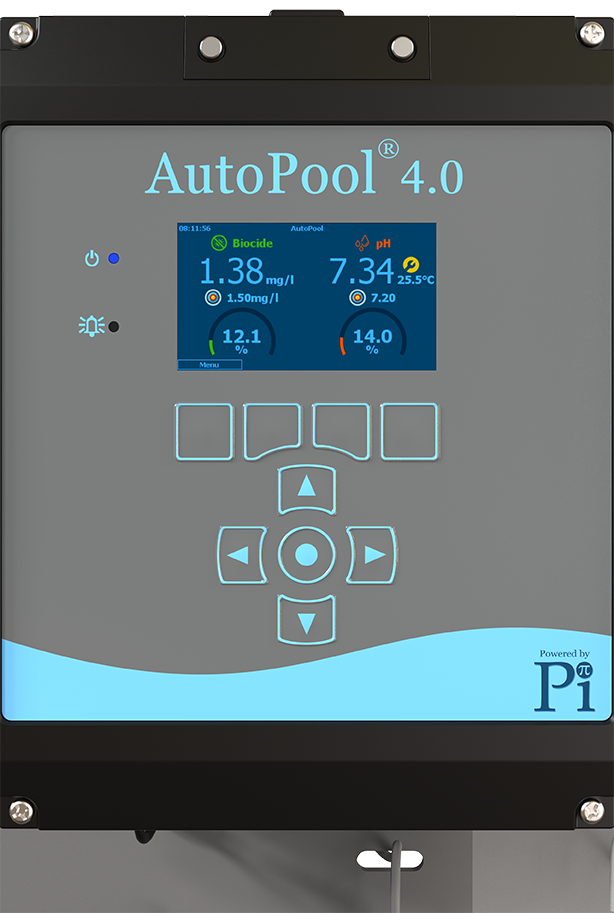
Abstract
Reducing CO2 emissions and energy costs can result in the pay back of the purchase and installation cost of an Autopool® in a matter of months. The understanding of personal and business responsibilities for reducing CO2 emissions is greater than it has ever been before. With the further consideration of ever increasing energy costs, any actions that can reduce energy usage need to be investigated and, if appropriate, instigated.
One such action is the installation of the Autopool® from Pi into any swimming pool’s recirculating pump system. The Autopool® can be used, not only to control the pH and chlorine dosing in a pool, but also to control the main recirculating pump speed. By controlling the recirculating pump speed appropriately to the chlorine level in the pool (which in turn is closely related to the bather load), electricity usage can be minimised resulting in significant CO2 and energy cost reductions. These reduced costs often produce a pay back in the order of months, rather than years.
Theory
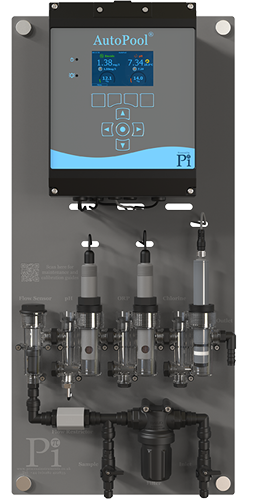
Fig.1 – An Example of a Autopool®
pool controller
Implementation
The CRONOS®and CRIUS®4.0 Autopool® pool controllers (Fig.1) provide two control mechanisms for the pumps. The first is an overnight setting; most pools have ‘downtime’ overnight when it isn’t necessary to run the pumps above the ‘minimum’.* When doing this, pool operators may be advised to install an accurate flow meter, whose output can be fed directly into the pool controller.
*It is important to determine the minimum pump speed that results in the minimum acceptable flow rate for the pool, this is done by taking various factors into consideration such as pool volume and the filter type.
When the chlorine residual is at its set point (within band 1) the pump is set to run at the minimum flow rate. When the residual drops into band 2 (indicating greater use of the pool), not only does this increase the chlorine dose but also the circulating pump rate. As the chlorine dips into band 3 (indicating even greater pool use) the pump is turned up again, and further still in band 4, to its maximum setting. By optimising these bands, the pool operator can ensure that the circulating pumps are always operating at the minimum flow rate required to maintain pool water quality, thereby minimising energy costs and CO2 emissions.
Case Study
Crow Wood Leisure in Burnley, UK is a high quality, award winning, private leisure facility running a number of pools and spas. In a drive to increase bathing water quality and to reduce CO2 emissions, Crow Wood installed two CRIUS® pool controllers (Fig.3) in 2008 and renewed them in 2022.
After 8 months of exemplary dosing control, Crow Wood then implemented the inverter control option to reduce circulation pump power usage. Data from October 2015 has shown that the conservative settings within the control algorithms have produced an average power saving of 38%. This equates to an average saving of 94 kWh/day or approximately £5550 (€6311, $6879) per year*.
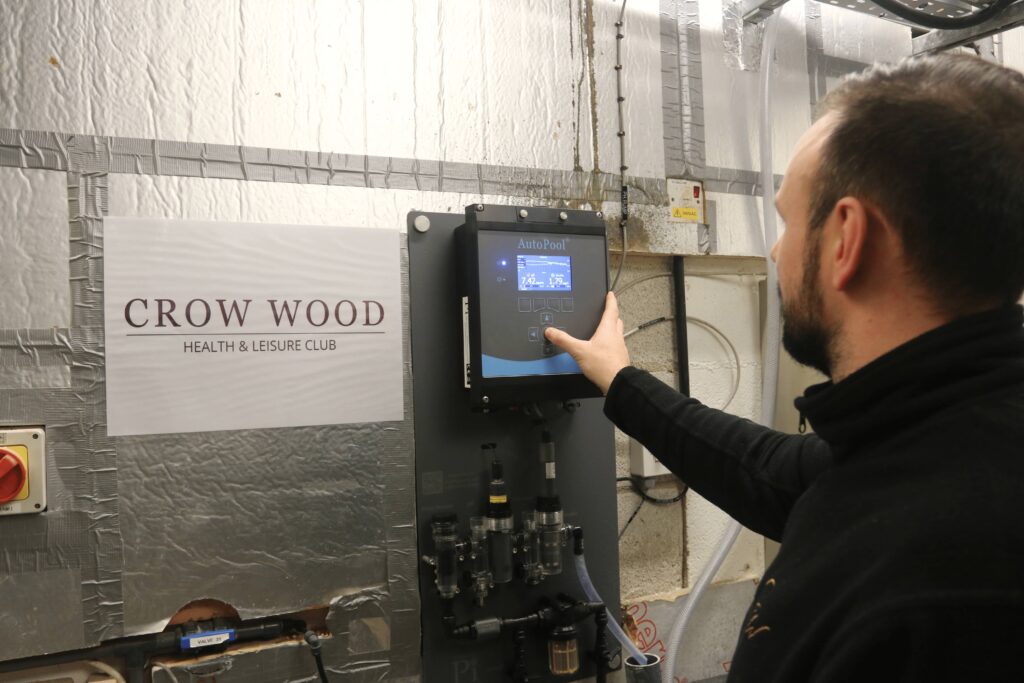
Fig.3 – A picture of one of the Autopool® pool controllers installed at Crow Wood Leisure
During the initial installation period, chlorine and pH control was monitored closely (fig.4). Peak pool usage occurs during Friday mornings with an aqua-aerobics class, and on Saturday mornings when the pool is heavily used by families. The graph below shows that even in these high demand situations Chlorine and pH control have been easily maintained
Conclusion
Implementation of an Autopool® pump control package can greatly reduce the power consumption of the pumps (10%-50%) providing a pay back of anything from 3 months to 2 years. This calculation does not include the savings that can be made by reduced wear and tear, reduced maintenance, and the resulting longer pump life.
*Figures derived from a 1 month trial on a 25m pool at Crow Wood Leisure. Anecdotal evidence on many other installations suggests that pay back would be considerably quicker for a bigger pool.
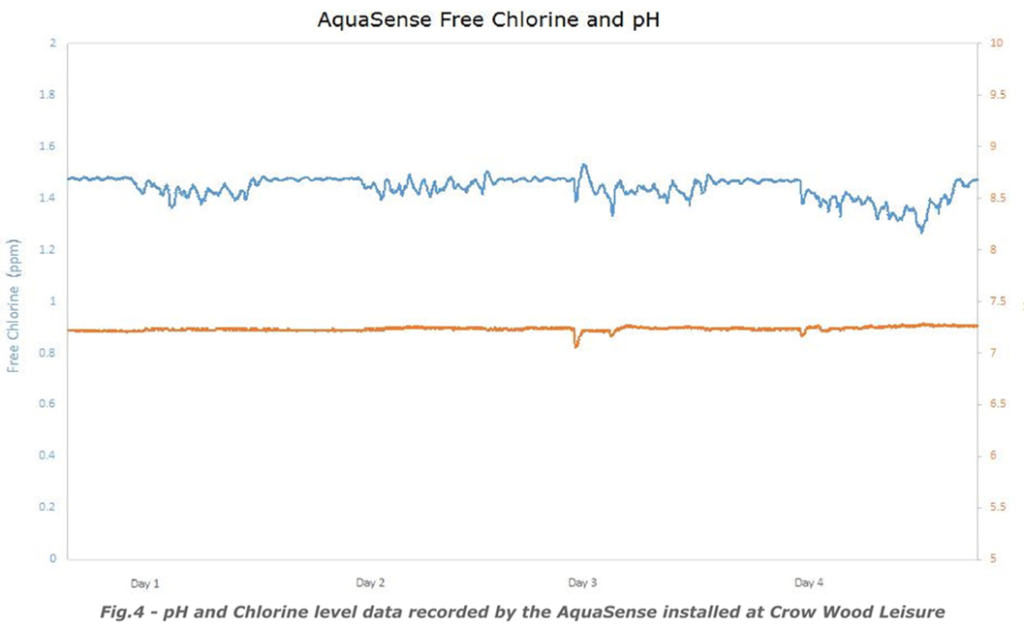
Customers Feedback
Pi’s approach to innovation is a real motivator for our company. Our goal is to provide our pool customers with the best equipment and leading-edge technologies and with Pi’s advanced pool controllers and world leading solutions we can deliver on our promise!
It’s a real pleasure to be working with PI and I know that we will continue our business relationship long into the future.


